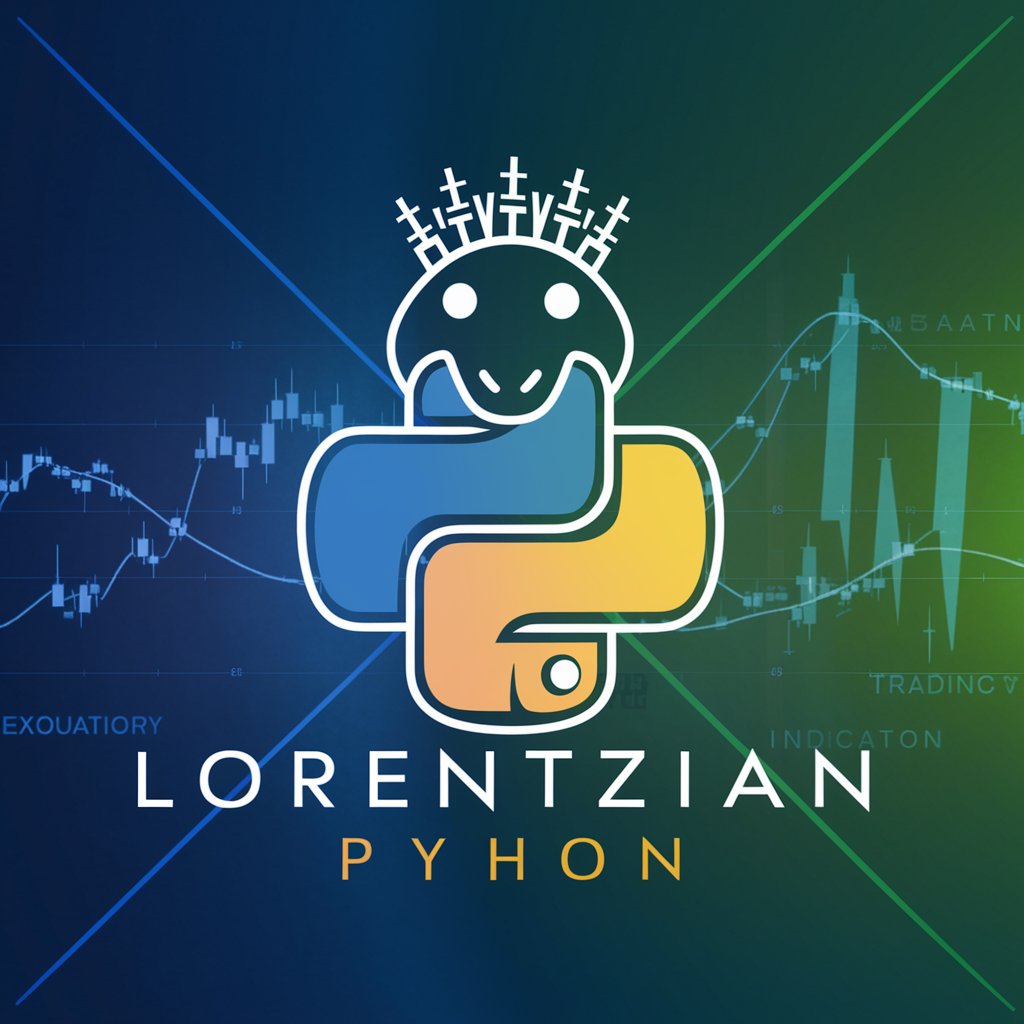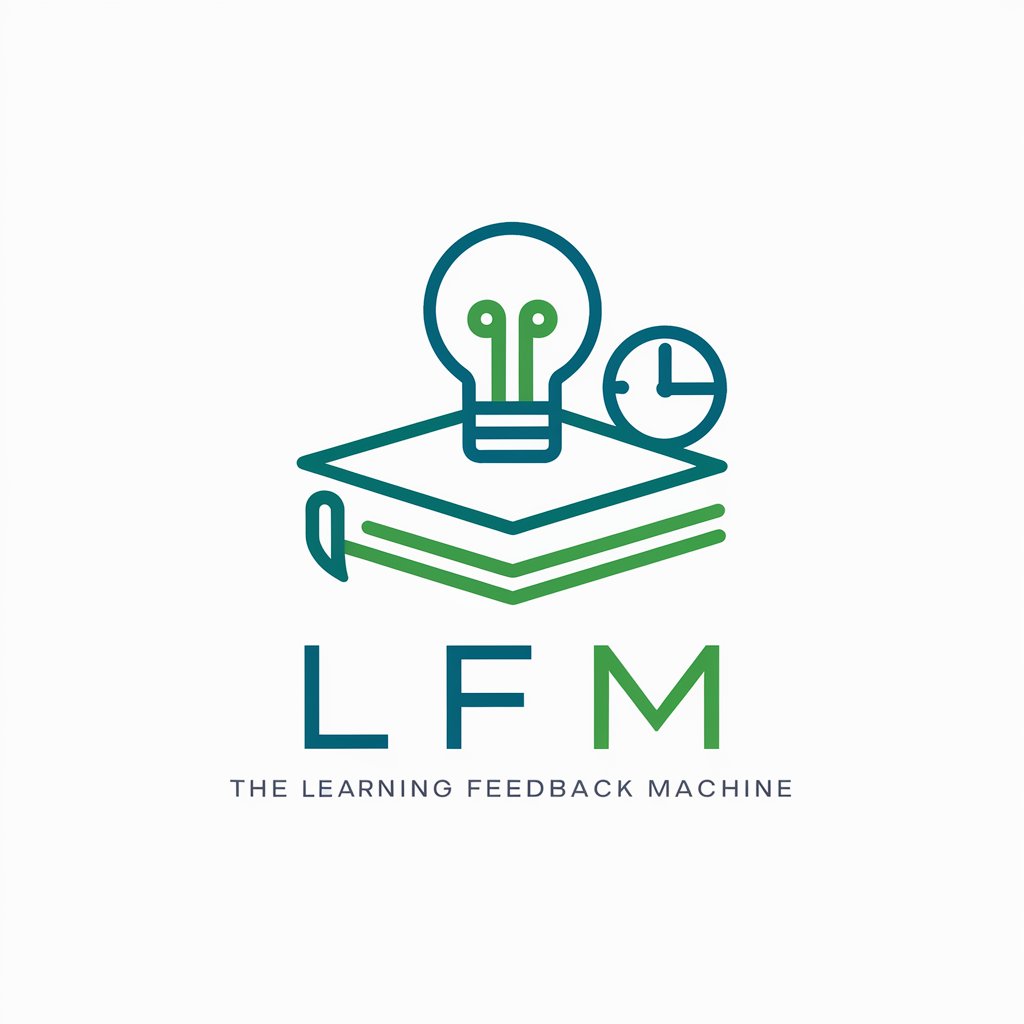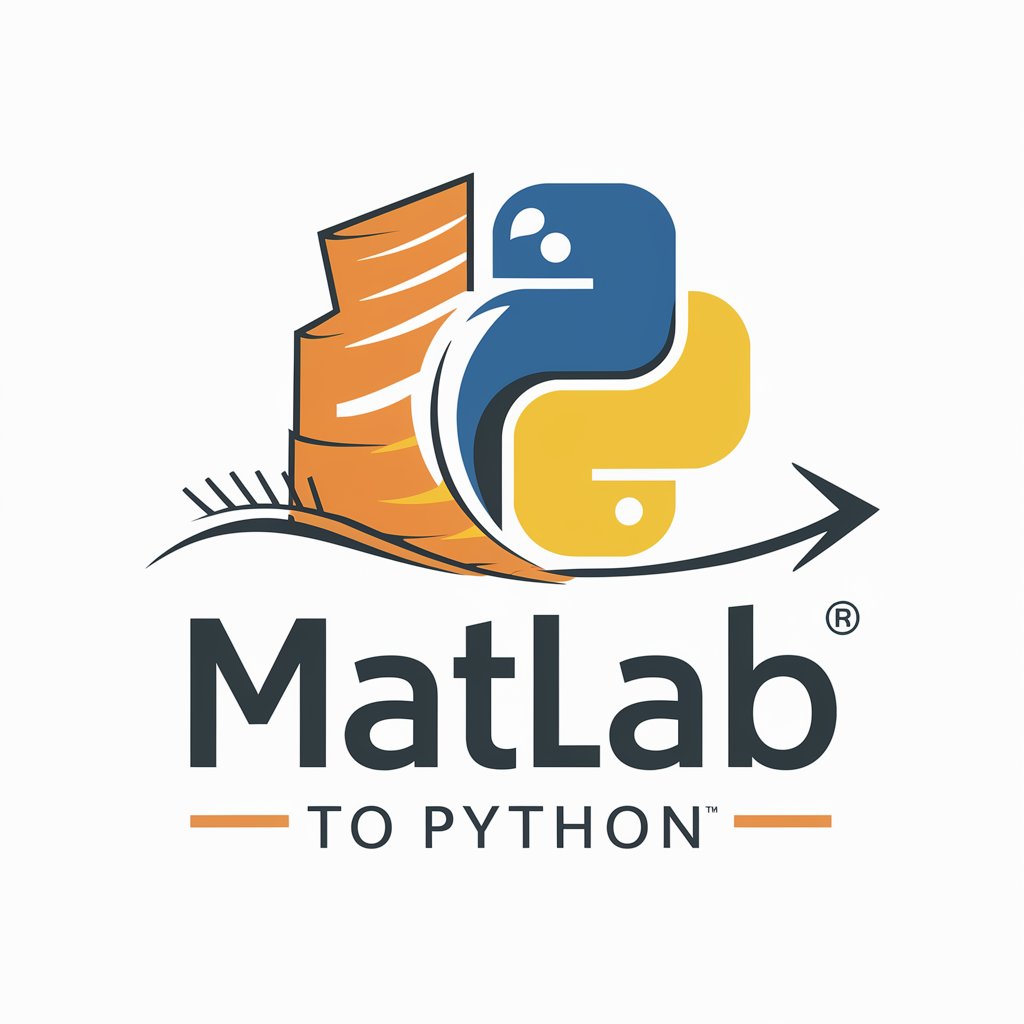
Lorentzian Python - Advanced ML with Lorentzian Distance

Welcome! Let's dive into advanced trading algorithms.
Redefining Machine Learning with Lorentzian Distance
Explain the advantages of using Lorentzian distance in K-Nearest Neighbors algorithms...
How does the Lorentzian Python tool translate TradingView indicators into Python?
Describe the key components of the Lorentzian Python project files...
What are the benefits of customizing machine learning libraries for trading indicators?
Get Embed Code
Introduction to Lorentzian Python
Lorentzian Python is a specialized tool designed to assist in the understanding and modification of a machine learning-based TradingView indicator. This indicator employs a K-Nearest Neighbors algorithm that uniquely utilizes the Lorentzian distance metric instead of the conventional Euclidean distance. The primary purpose of Lorentzian Python is to facilitate the analysis, customization, and enhancement of this indicator by providing access to its Python implementation, including its core components like the machine learning extensions, kernel functions, and classification mechanisms. For example, users can modify the kernel functions to adjust the sensitivity of the indicator to market data, or customize the classification algorithm to better suit specific trading strategies. This tool is particularly useful in scenarios where traders or developers aim to create highly customized indicators for algorithmic trading strategies, offering a deep dive into the algorithm's workings and enabling fine-tuning to achieve desired trading outcomes. Powered by ChatGPT-4o。

Main Functions of Lorentzian Python
Customization of Kernel Functions
Example
Modifying the Lorentzian kernel function to adjust the influence of distant neighbors in the K-NN algorithm.
Scenario
A developer wants to experiment with the sensitivity of the trading indicator to price movements over different time spans. By adjusting the Lorentzian kernel function, they can make the algorithm more responsive to recent price changes or, conversely, more influenced by longer-term trends.
Adjustment of Machine Learning Extensions
Example
Tweaking the data preprocessing or feature selection methods in MLExtensions.py to improve prediction accuracy.
Scenario
A data scientist aims to enhance the indicator's performance by incorporating additional market indicators (like volume or volatility) into the feature set. They modify the preprocessing steps to include these indicators, potentially improving the model's predictive power and trading strategy's profitability.
Classification Algorithm Customization
Example
Changing the classification threshold or the decision strategy in Classifier.py to better align with risk management strategies.
Scenario
A trader seeks to minimize false positives in trade signals to adhere to a conservative risk management strategy. By customizing the classification threshold, they can adjust the indicator to only signal trades when there's a higher probability of success, thereby potentially reducing the frequency of trades but increasing their quality.
Ideal Users of Lorentzian Python
Algorithmic Traders
Traders who utilize automated systems to execute trades can benefit from Lorentzian Python by tailoring the machine learning-based indicator to fit their specific trading strategies, optimizing for factors such as market conditions, asset volatility, and trading objectives.
Quantitative Developers
Developers focused on creating or modifying trading algorithms will find Lorentzian Python invaluable for experimenting with different distance metrics, kernel functions, and classification algorithms to create more effective trading indicators.
Financial Data Scientists
Data scientists working in the financial sector can use Lorentzian Python to explore new machine learning techniques for market prediction, leveraging the tool's capabilities to integrate and analyze vast datasets with complex features.

Using Lorentzian Python: A Step-by-Step Guide
1
Start by visiting yeschat.ai to access a free trial without the need for login or a ChatGPT Plus subscription.
2
Familiarize yourself with the documentation provided, including understanding the specific functions and libraries (Classifier.py, MLExtensions.py, Types.py, KernelFunctions.py) that make up Lorentzian Python.
3
Prepare your dataset according to the guidelines in the documentation. This may involve normalizing your data and splitting it into training and testing sets.
4
Use the Classifier.py script to train the K-Nearest Neighbors model on your dataset. Adjust parameters such as the number of neighbors and the Lorentzian distance metric as necessary.
5
Evaluate the model's performance using your testing set and use the MLExtensions.py library for any required machine learning extensions or additional analyses.
Try other advanced and practical GPTs
Gartenhelfe
Empowering your green thumb with AI.

VOYAGE Horizons PLC Modules
Empowering Educators with AI-Driven PLC Insights

KeBi
Your Cantonese-speaking AI companion

LFM
Empowering self-learners with AI

Potterpedia
Your AI-powered guide to the Wizarding World

이미지 프롬프트 생성기 Image prompt generator
Craft Your Vision with AI

RegEx Generator
Craft precise regex patterns effortlessly.

Demetra, amica di studio
Empowering education with AI insight.

Office Space Captain
Revolutionizing Workspace with AI

Sea-超凡论文助手
Empowering Your Academic Writing with AI

巴别塔
Bridging Languages with AI

Copying Your Inspiration
Transforming photos into artistic masterpieces with AI.

Frequently Asked Questions about Lorentzian Python
What makes Lorentzian Python different from other machine learning tools?
Lorentzian Python utilizes a unique approach by applying the Lorentzian distance metric instead of the traditional Euclidean distance in its K-Nearest Neighbors algorithm, potentially offering more accurate results for specific types of data distributions.
Can I use Lorentzian Python for any type of data?
While Lorentzian Python is versatile, it's particularly suited for datasets where the relationship between variables is not well represented by Euclidean distance. It's recommended to understand your data's characteristics to utilize this tool effectively.
Are there prerequisites for using Lorentzian Python effectively?
A basic understanding of machine learning concepts, familiarity with Python programming, and knowledge of your dataset are essential. Additionally, reviewing the provided documentation for specific library functions and settings is crucial.
How do I optimize my model's performance with Lorentzian Python?
Optimizing performance involves experimenting with different numbers of neighbors in the KNN algorithm, adjusting the Lorentzian distance parameters, and thoroughly preprocessing your dataset. Continuous testing and validation on separate data subsets are also key.
Is Lorentzian Python suitable for academic research?
Yes, due to its novel approach and flexibility, Lorentzian Python can be a valuable tool for academic research, especially in fields where traditional distance metrics might fall short in capturing the nuances of the data.





